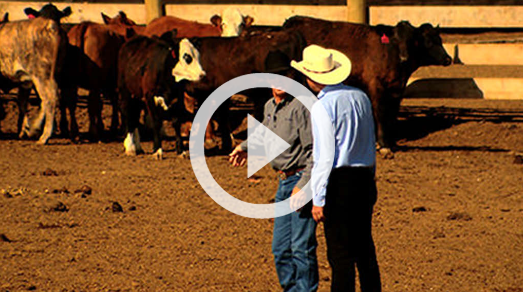

TECHNIQUES
Understanding our unique concepts will help you to build trust with your herd and manage them in a more efficient way. Learn more about the “Nothing in the Hands” technique.
Whether you’re a new or an experienced cattleman, learning the specific stockmanship techniques used in CreatingConnections will result in improved animal health, as well as contribute to a safer environment for both cattle and their caregivers. You might even find that by implementing the techniques, fewer caregivers will be needed to move or load cattle. The best part is a more enjoyable experience for all involved. And, for the many cattlemen who also use horses, we’ve included horsemanship videos as well.
CreatingConnections offers additional resources for specific types of cattle — cow-calf, stocker, feedlot, and dairy. Visit the Production Systems section to learn more.
STRENGTHEN YOUR TECHNIQUES
The Old Language — The Basics of Stockmanship
This video is the foundation of low-stress cattle handling. Over untold generations, the art of stockmanship has developed its own language: silent, subtle and based on the animal’s natural habits and instincts. Applied to cattle handling, it has a direct and positive effect on the animal’s behavior and overall well-being. The handling of cattle — how we communicate with them — is important to cattle health.

The Rockhampton Lecture
The passion for working and taking care of cattle can be a big part of the veterinary role. Watch three experienced veterinarians, Dr. Tom Noffsinger, Dr. Paulo Loureiro and Dr. Kevin Sullivan, sharing their insights and personal experiences in a lecture in Rockhamptom, Australia. Listen to experts further discuss the importance of cattle well-being and how it can fit into your business operations.

The Bud Box
The Bud Box is a specially designed facility that respects cattle’s instincts. The animals can take advantage of their peripheral vision and natural instinct in this simple and smart structure. Listen to Dr. Noffsinger explain to Dr. Loureiro how it was created and how to use it to facilitate cattle flow.

Exercising Cattle
Cattle that spend months in the same pen and do not have human interactions can experience boredom during the feeding period, decreasing feed intake. Also, they can get stressed when moved out of the pen for transportation because they have lost their connection with the handlers. Exercising cattle in the correct way builds trust and creates a relationship between cattle and caregivers.

Loading Finished Cattle
This is an important moment in cattle production. At shipping, cattle must be managed with focus and respect. However, in the summer months, this process requires additional planning, perfect execution and experienced handlers as shown in this video.

Preparing the Horse
Cattle farms all over the world use horses to better manage cattle. They start their day by preparing their horses. Watch this simple video where a horseman explains the proper way to handle and care for a horse before riding. Ensure that your team is doing the basics properly.

Pen Riding Technique — The Red Steer Video
Watch Ted Howard demonstrate how to remove a single animal from a pen without disturbing the herd. This is a very useful technique that can be applied every single day in feedlots all over the globe.

Advanced Cattle Handling Skills — The Master in Action
High skills in cattle handling comes with time and practice. What you can achieve if you take this journey can be seen in this video. Watch Dr. Tom Noffsinger in action controlling a big number of cattle and at the end, coaching two young cattlemen to move the last animal when emptying the pen.

Acclimation Series Lesson 1
Acclimation is a term describing caregiver activities aimed at the management of relocating cattle or reducing stress during a change of cattle address. Caregivers can use handler position, working distance, angles, and “stimulus-release” movement to create voluntary cattle motion as a herd. It is important to stop cattle panic motion or aimless walking. Panic motion and herd confusion must be replaced with cattle confidence.

Acclimation Series Lesson 2
In the second lesson you will continue to see Dr. Noffsinger coaching Dr. Loureiro on how to give lessons to cattle in the same day. It is clear the improvement in herd behavior from lesson one. Cattle quickly gain confidence and trust the caregivers and the new environment.

Acclimation Series Lesson 3
At the end of the day, you will see that acclimation procedures result in the entire herd exhibiting more willingness to eat, drink, rest and work for the handlers. Cattle become willing to walk by handlers absent of anxiety and voluntarily travel straight to their destinations.


